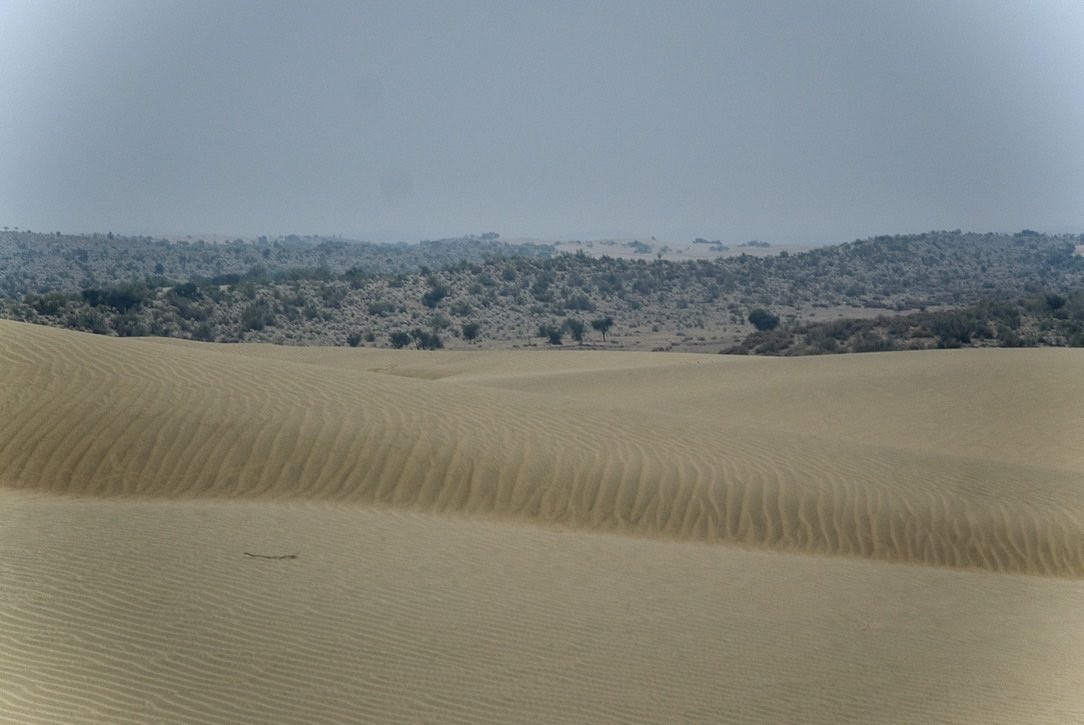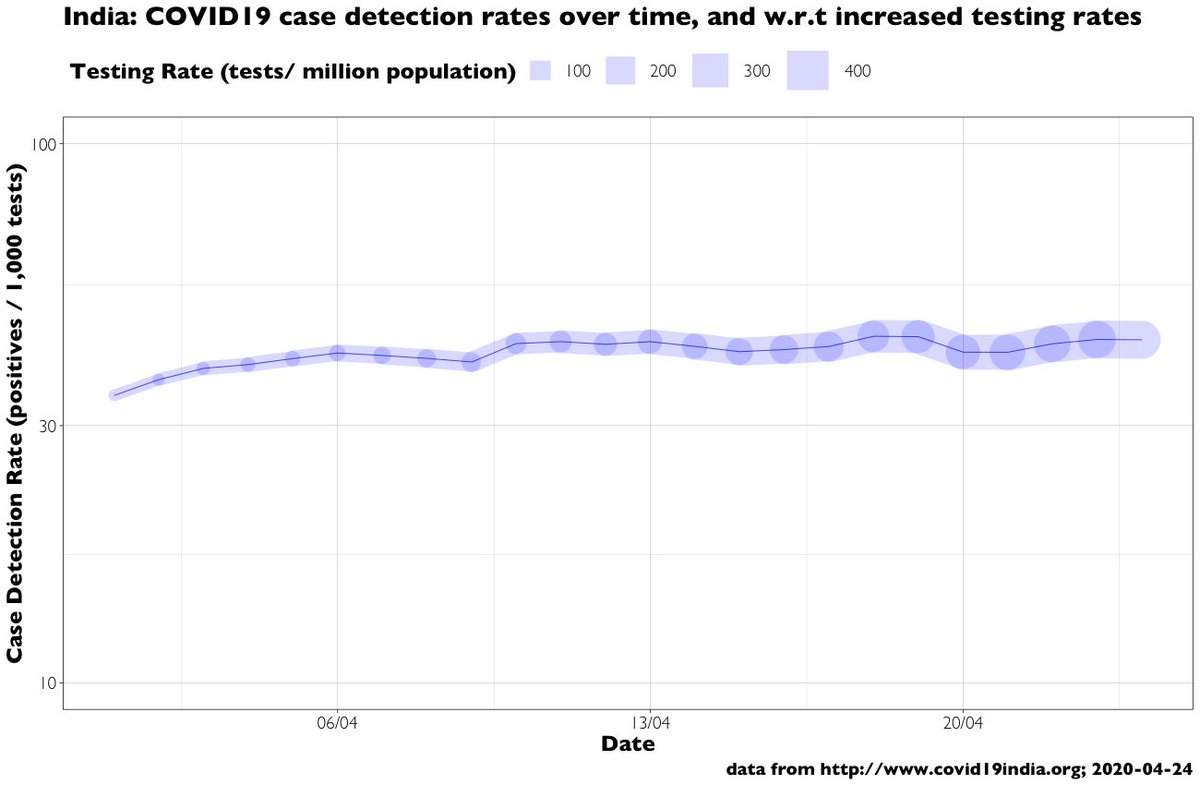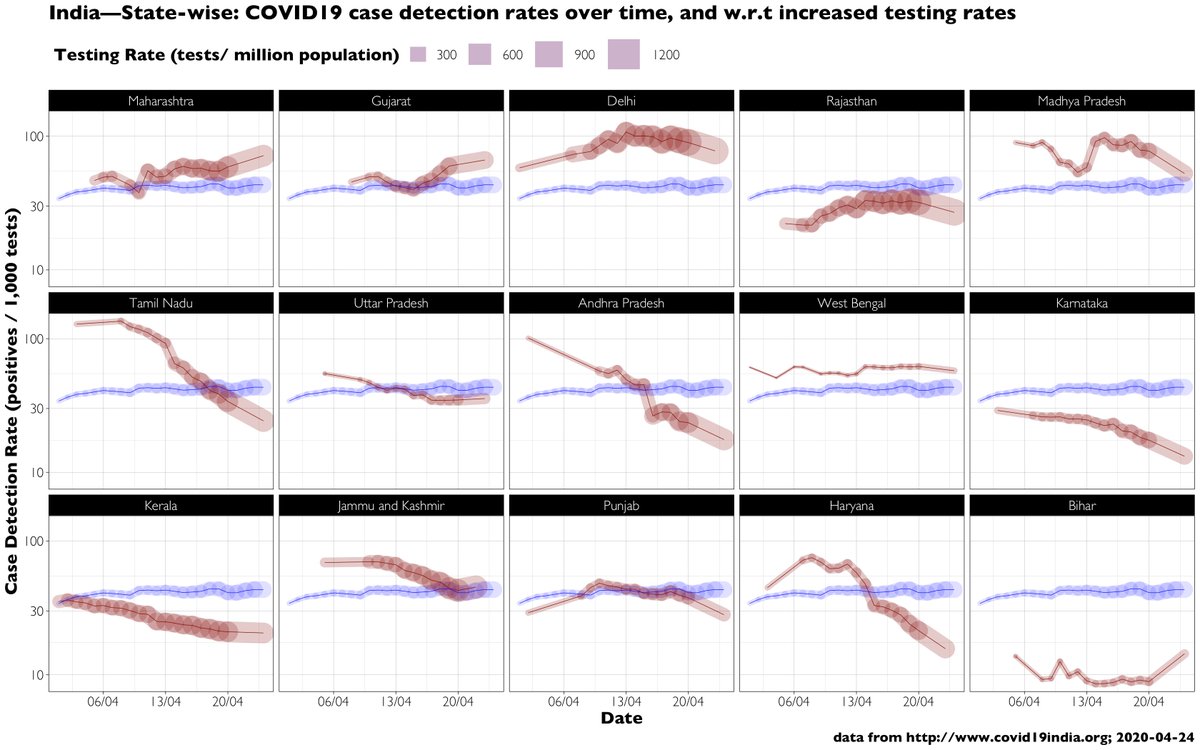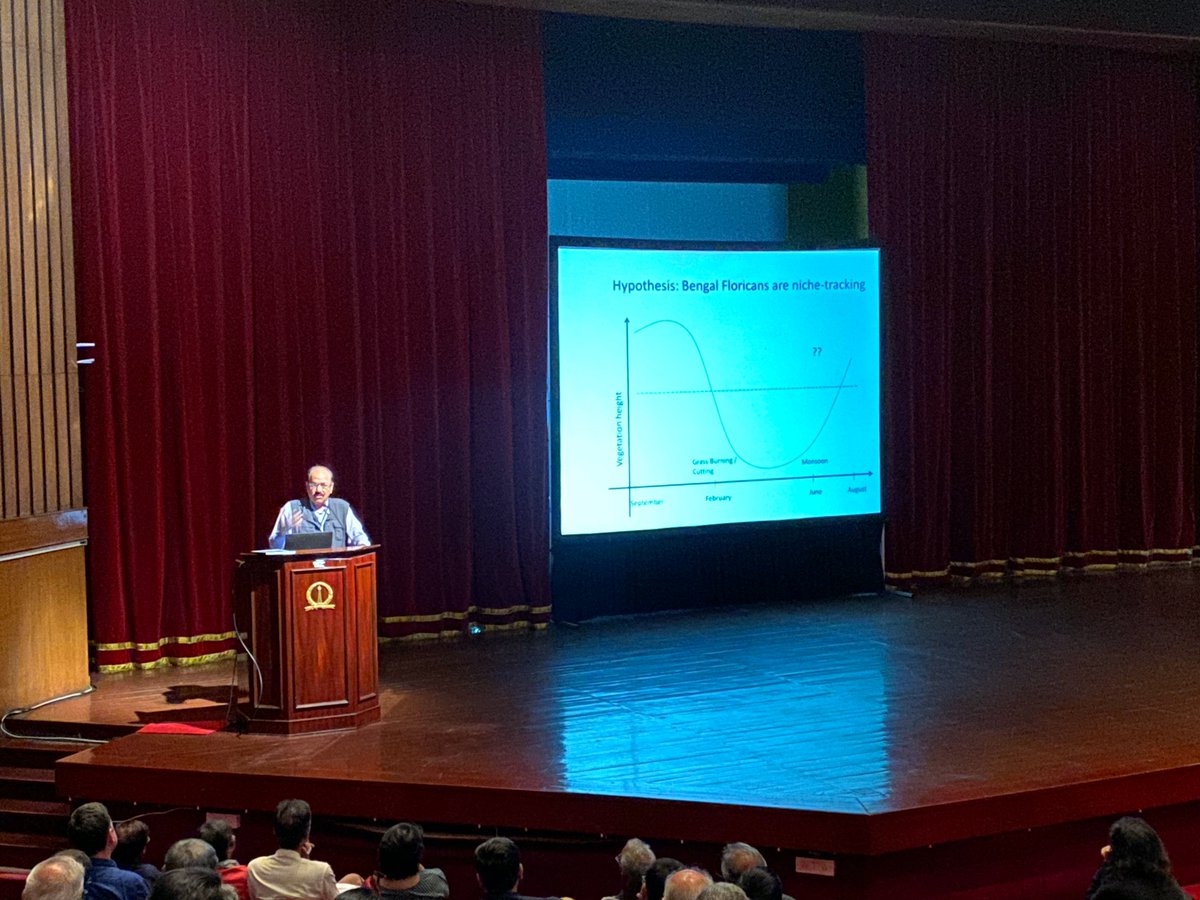
Average naturalist. Hesitant ecologist. Confused conservationist. Weary of experts. Loves play-doh. And maps. Wants to write better code.
How to get URL link on X (Twitter) App





 The ISFR reports present lots of stats, but in this thread, I focus on the headline statistic: trends in India’s total forest cover over time.
The ISFR reports present lots of stats, but in this thread, I focus on the headline statistic: trends in India’s total forest cover over time. 

 A large fraction of India’s landmass is semi-arid (annual rainfall < 1000 mm). The native vegetation in this zone is made up of grass, herbs and shrubs. They are often naturally without trees, and if at all trees do occur, cover is sparse. Yet, ONEs are staggeringly diverse.
A large fraction of India’s landmass is semi-arid (annual rainfall < 1000 mm). The native vegetation in this zone is made up of grass, herbs and shrubs. They are often naturally without trees, and if at all trees do occur, cover is sparse. Yet, ONEs are staggeringly diverse. 






 2/ To begin with, Bloomberg Green fearlessly ran down the Great Indian Bustard, saying that efforts to save this ‘slow’, ‘easily-frightened’ bird with ‘bad eyesight’ held risks for ‘green energy’ projects, God's very own gifts to the ‘wastelands’ of an energy-hungry nation.
2/ To begin with, Bloomberg Green fearlessly ran down the Great Indian Bustard, saying that efforts to save this ‘slow’, ‘easily-frightened’ bird with ‘bad eyesight’ held risks for ‘green energy’ projects, God's very own gifts to the ‘wastelands’ of an energy-hungry nation. 

 Although Suresh never received the recognition he truly deserved, he was a leader who cared deeply, both for nature and about people. His contributions to the conservation of Bandipur Tiger Reserve, and to the well-being of its adjoining villages, are, in my view, unrivalled …2
Although Suresh never received the recognition he truly deserved, he was a leader who cared deeply, both for nature and about people. His contributions to the conservation of Bandipur Tiger Reserve, and to the well-being of its adjoining villages, are, in my view, unrivalled …2

 Besides the elderly, the people whose life this registration website/app makes unspeakably worse are the immunisation workers. They have been forced to handle the unrealistic unmet expectations set by this site, and the public anger it precipitates.
Besides the elderly, the people whose life this registration website/app makes unspeakably worse are the immunisation workers. They have been forced to handle the unrealistic unmet expectations set by this site, and the public anger it precipitates.


 As seasons roll, plants in every corner of our planet pulse to the changing regimes of light, temperature and moisture. When these conditions are ideal, plants put out an exuberant flush of green. To a satellite, here is how the seasonal waxing and waning of vegetation appears.
As seasons roll, plants in every corner of our planet pulse to the changing regimes of light, temperature and moisture. When these conditions are ideal, plants put out an exuberant flush of green. To a satellite, here is how the seasonal waxing and waning of vegetation appears.

 But that does not tell us enough about testing and case detection patterns across the country. Our states are very different, and so are their responses to the outbreak.
But that does not tell us enough about testing and case detection patterns across the country. Our states are very different, and so are their responses to the outbreak. 
